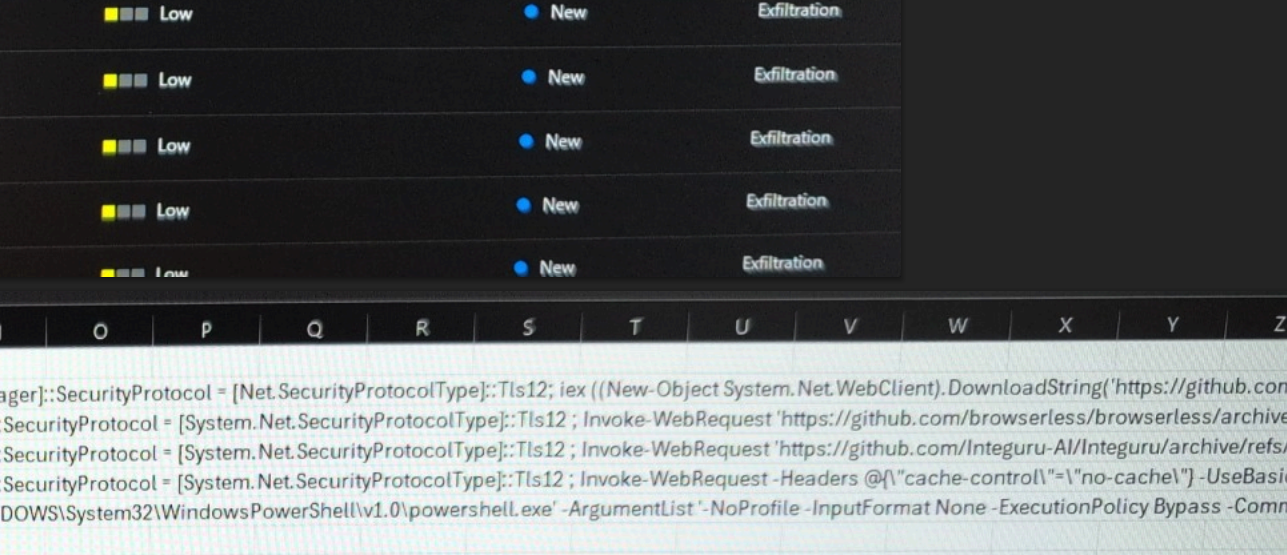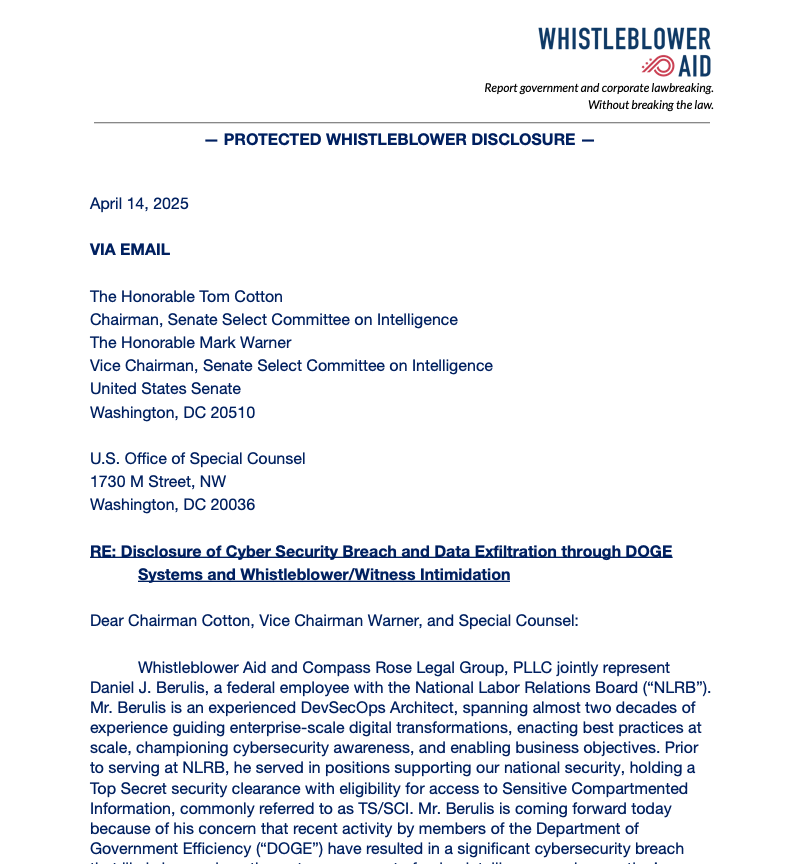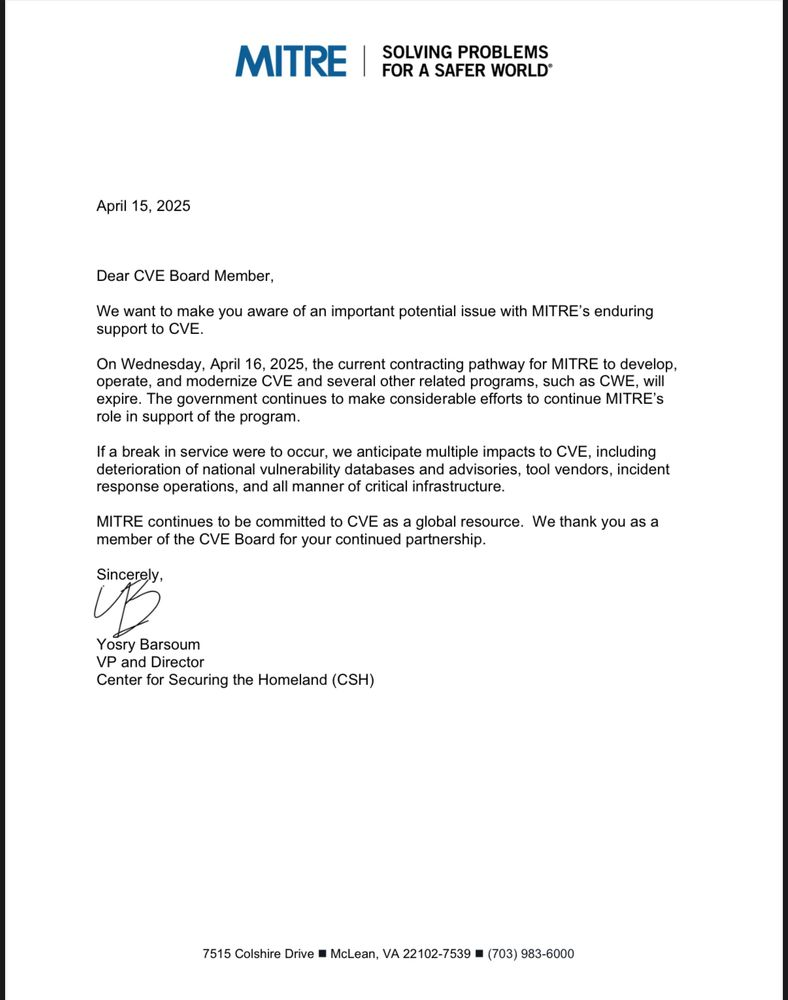ASUS has shipped software updates to address a critical security flaw impacting its routers that could be exploited by malicious actors to bypass authentication.
Tracked as CVE-2024-3080, the vulnerability carries a CVSS score of 9.8 out of a maximum of 10.0.
“Certain ASUS router models have authentication bypass vulnerability, allowing unauthenticated remote attackers to log in the device,” according to a description of the flaw shared by the Taiwan Computer Emergency Response Team / Coordination Center (TWCERT/CC).
Also patched by the Taiwanese company is a high-severity buffer overflow flaw tracked as CVE-2024-3079 (CVSS score: 7.2) that could be weaponized by remote attackers with administrative privileges to execute arbitrary commands on the device.
In a hypothetical attack scenario, a bad actor could fashion CVE-2024-3080 and CVE-2024-3079 into an exploit chain in order to sidestep authentication and execute malicious code on susceptible devices.
Both the shortcomings impact the following products –
- ZenWiFi XT8 version 3.0.0.4.388_24609 and earlier (Fixed in 3.0.0.4.388_24621)
- ZenWiFi XT8 version V2 3.0.0.4.388_24609 and earlier (Fixed in 3.0.0.4.388_24621)
- RT-AX88U version 3.0.0.4.388_24198 and earlier (Fixed in 3.0.0.4.388_24209)
- RT-AX58U version 3.0.0.4.388_23925 and earlier (Fixed in 3.0.0.4.388_24762)
- RT-AX57 version 3.0.0.4.386_52294 and earlier (Fixed in 3.0.0.4.386_52303)
- RT-AC86U version 3.0.0.4.386_51915 and earlier (Fixed in 3.0.0.4.386_51925)
- RT-AC68U version 3.0.0.4.386_51668 and earlier (Fixed in 3.0.0.4.386_51685)
Earlier this January, ASUS patched another critical vulnerability tracked as (CVE-2024-3912, CVSS score: 9.8) that could permit an unauthenticated remote attacker to upload arbitrary files and execute system commands on the device.
Users of affected routers are advised to update to the latest version to secure against potential threats.







